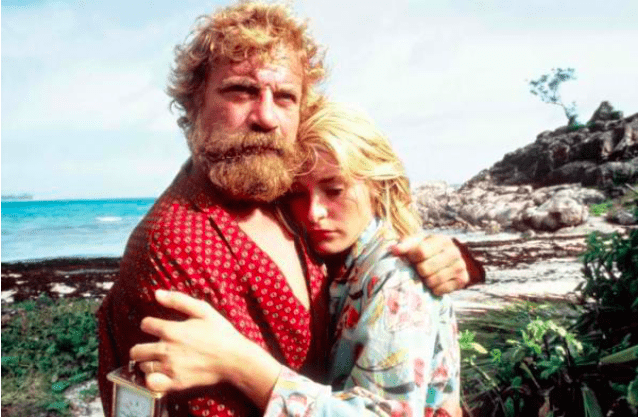Within the depths of Massachusetts Bay Colony, the village of Salem, which was once known for its rich culture, witnessed unspeakable horrors that changed the course of history. As young women shrieked in fear, others pointed fingers to save their heads from false accusations. This is the bone-chilling story of the Salem Witch Trials that claimed the lives of many women and altered the American legal system.
When and Where Did the Salem Witch Trials Take Place?
The Salem Witch Trials occurred in the Salem Village from June 1692 to May 1693. Located in Massachusetts Bay Colony (today’s Danvers, Massachusetts), this village experienced a wide social difference between various groups and factions.
The one-year trial claimed the lives of 19 people accused of being witches and followers of the devil. They were hanged in court while other suspects were tortured and imprisoned in the Salem Jail at Prison Lane.
What Caused the Salem Witch Trials?
The Salem village was in disharmony due to their varying ideologies and differences. These differences affected their union when they appointed Samuel Parris as the new head pastor. During this tussle, a group of girls, including Parris’ girl, started demonstrating strange behaviors.
The behaviors were said to be the effects of witchcraft afflictions as the young girl’s situation defied medicines or herbs. Also, the girls confessed that spirits were choking and stabbing them. Over 200 accused people were arrested and tried, making it one of the largest witch trials.
Who Were the Famous Names?
The first person to be tried by the Court of Oyer and Terminer was Bridget Bishop, a resident of Salem Village. After multiple trials, she became the first person to be executed on June 10. Giles Corey was also one of the accused but was tortured and pressed to death.
Bewitched girls, like nine-year-old Betty Parris, Abigail Williams, Tituba, Sarah Good, and Sarah Osbourne, were all found guilty and put to death. Also, Susannah Martin, 71, was hanged during the trial.
What Laws Were Imposed?
The legal proceedings of the Salem witch trials of 1692 were a complex mix of various laws, including the common English law, Colonial laws, as well as religious laws. In conjunction with others, the presiding judge, Justice Stoughton, obeyed the Witchcraft Act of 1604 to judge the accused.
The Act deemed witchcraft a felony punishable by death or imprisonment. The Book of General Lawes and Libertyes of 1648 also served as the colony’s first printed laws, while the Court of Oyer and Terminer of 1692 was used in the absence of specific colony laws regarding witchcraft.
How Did It Affect Today’s American Legal System?
The events of the Salem Witch Trials proved the absence of legal safeguards, which we call fundamental laws. Since the Court of Oyer and Terminer operated differently from today’s modern courts, the presumption of innocence was nonexistent.
The court heavily relied on verbal and spectral evidence, which included testimonies of visions and dreams. It was dissolved by Governor Phips on October 29, 1692, prompting the development of laws that ensured the accused remained innocent until proven guilty.







